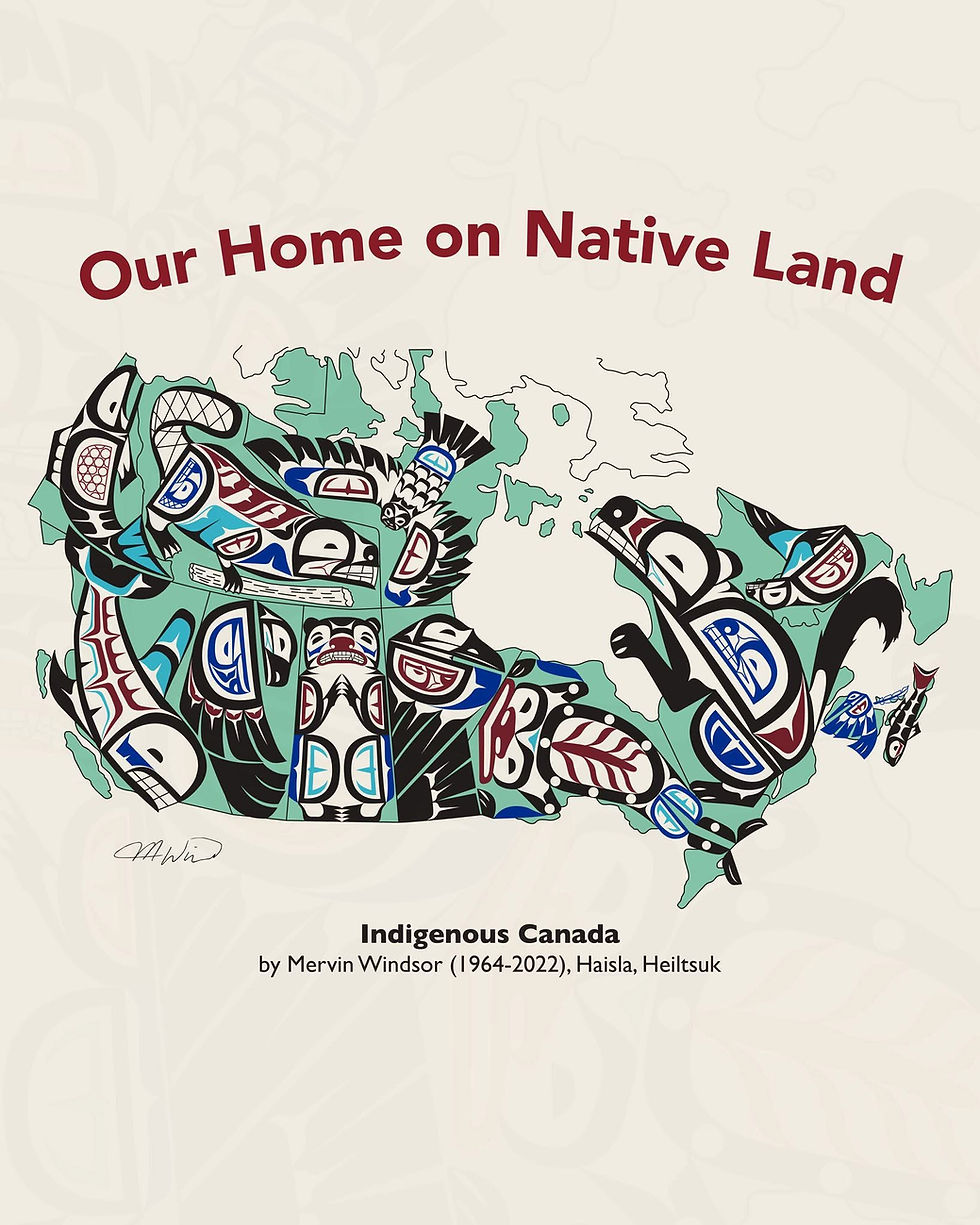“The Mushroom is the Teacher”: Ancient Wisdom and the Psychedelic Path to Healing
- catherinekates2
- Apr 2
- 4 min read
Updated: Jun 9
Note: This is not medical advice. It is an exploration of sacred and scientific perspectives on psilocybin and psychedelic therapy for educational and spiritual reflection.
Long before psilocybin mushrooms were studied in modern labs or debated in wellness podcasts, they were sacred teachers—guides between worlds, mediators of spirit and soul, used in ceremony, healing, and initiation by cultures across the globe.
From the Mazatec curanderas of Oaxaca, to the mystery schools of ancient Greece, to the Siberian shamans and Indigenous African healers, psychedelic mushrooms have long held a revered place in humanity’s relationship with the unseen.
They were not “drugs.”They were doorways.And they still are.
A History Rooted in Mystery and Ceremony
Mushrooms have been called many names across cultures: teonanácatl (the “flesh of the gods”), soma, holy children, sacred medicine.
In Mesoamerican traditions, psilocybin mushrooms were central to rituals for healing, divination, and connection with ancestors. María Sabina, a renowned Mazatec healer, opened the path for Westerners to rediscover these medicines in the 1950s. But her story is also a cautionary tale about cultural appropriation and the erasure of Indigenous knowledge.
In ancient Greece, the Eleusinian Mysteries—secretive rites held for nearly 2,000 years—likely involved psychedelic sacraments, believed to initiate deep spiritual awakening and rebirth. Similar plant-based rituals existed in Indigenous Siberia, Central Africa, and early Celtic Europe.
These traditions understood something that modern science is only beginning to rediscover: that psilocybin mushrooms are not merely chemical tools. They are part of a relational, spiritual ecosystem of healing—one that requires reverence, preparation, and integration.
The Mushroom is Alive—and So is Its Teaching
People often describe the mushroom not just as a substance, but as an intelligence—a consciousness that teaches through images, sensations, visions, and revelations. The “trip” isn’t random; it’s often deeply personal, sometimes ancestral, and always rooted in a kind of truth-telling beyond the ego.
Under the guidance of the mushroom, people have:
Reconnected with lost parts of themselves
Mourned long-held grief or family trauma
Experienced communion with loved ones who have passed
Felt the presence of the divine, the earth, or their own body as sacred
Received messages that reshape how they live, love, and relate to others
In ceremonial settings, the mushroom becomes a mirror and a map—revealing what we’ve hidden, guiding us toward what matters most.
Why It Works (According to Modern Science)
While ancient cultures didn’t speak in terms of neural pathways or serotonin receptors, modern research is helping us understand how mushrooms do what they do:
They quiet the default mode network, interrupting loops of anxiety, shame, and self-narrative
They increase neuroplasticity, allowing new emotional and relational patterns to form
They enhance interoception and emotional presence, reconnecting us to the body and felt sense
They temporarily dissolve ego boundaries, opening space for unity, forgiveness, and insight
Science now validates what many Indigenous and mystical traditions have known all along: mushrooms are capable of catalyzing profound psychological, emotional, and spiritual healing.
The Importance of Sacred Space and Integration
Psychedelic healing is not just about taking a substance. It’s about how, where, and with whom the journey unfolds. In traditional cultures, psilocybin ceremonies involved ritual, prayer, music, fasting, and community. There were elders. There was rhythm. There was meaning.
In the modern context, we do our best to carry this spirit forward by:
Preparing the body, nervous system, and psyche beforehand
Creating intentional, safe, sacred space for the journey
Honoring what arises without judgment or urgency
Integrating the experience slowly and with care in the days and weeks that follow
At Junction Triangle Collective, we support people in doing just that—with trauma-informed, somatic, and soul-rooted integration sessions that honor both the ancient and the modern, the mystical and the psychological.
A Note on Cultural Respect and Responsibility
We cannot speak about mushrooms without acknowledging the lands and lineages that have held them long before they became “psychedelics.” We owe gratitude and reparations to Indigenous peoples who have protected these medicines, even in the face of colonization, criminalization, and exploitation.
If you are engaging with psilocybin, consider:
Supporting Indigenous-led organizations and landback movements
Learning about the cultural roots of the medicine you are working with
Asking yourself not just what you want from the mushroom—but what it asks of you
This is relational medicine.
Final Thoughts: The Way Forward is the Way Back
In many ways, this resurgence of mushroom medicine is not new at all—it is a remembering. A remembering of our connection to the land, to our ancestors, to the spirit world, and to ourselves.
Yes, psilocybin therapy is being studied at Harvard and fast-tracked for clinical use. But its deepest potential lies not in sterile rooms or quick fixes—but in the sacred, slow, spiraling path of healing that human beings have walked for millennia.
Let us listen to the mushrooms.Let us honor their teachers. Let us heal in a way that remembers who we really are.
Interested in preparing for or integrating a psychedelic experience in a therapeutic, culturally aware, and body-centered way? Reach out.



Comments